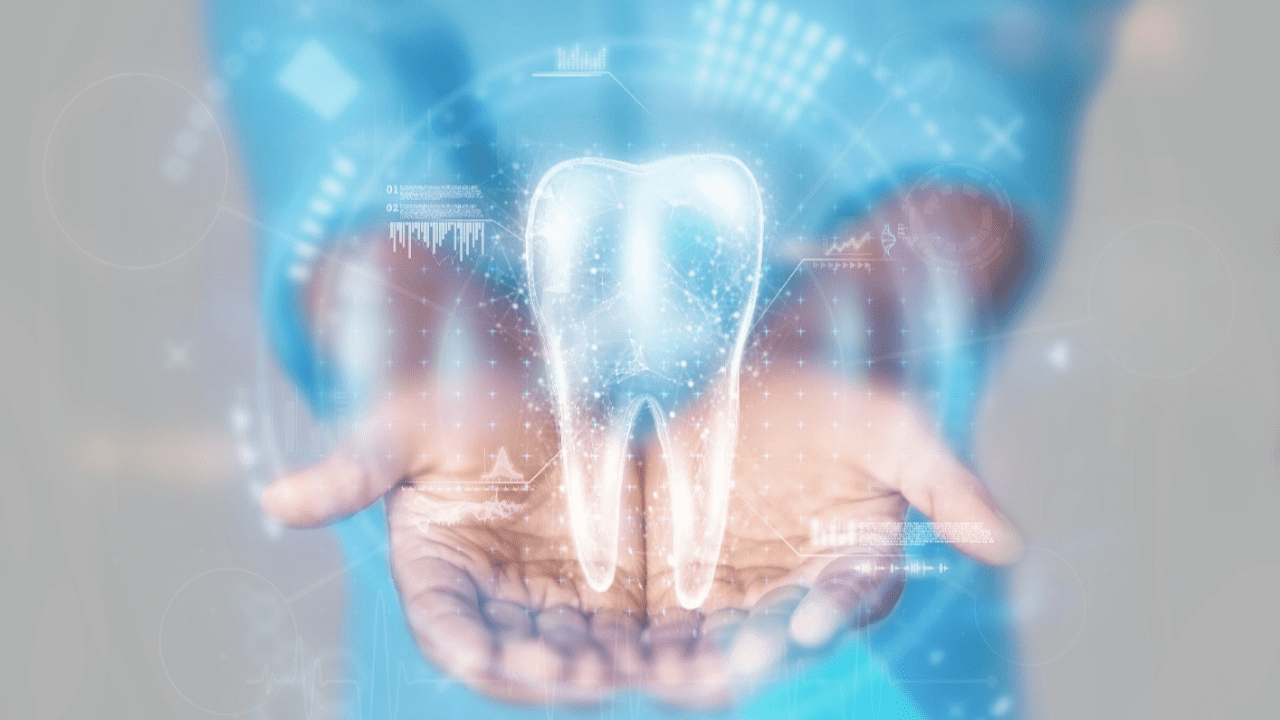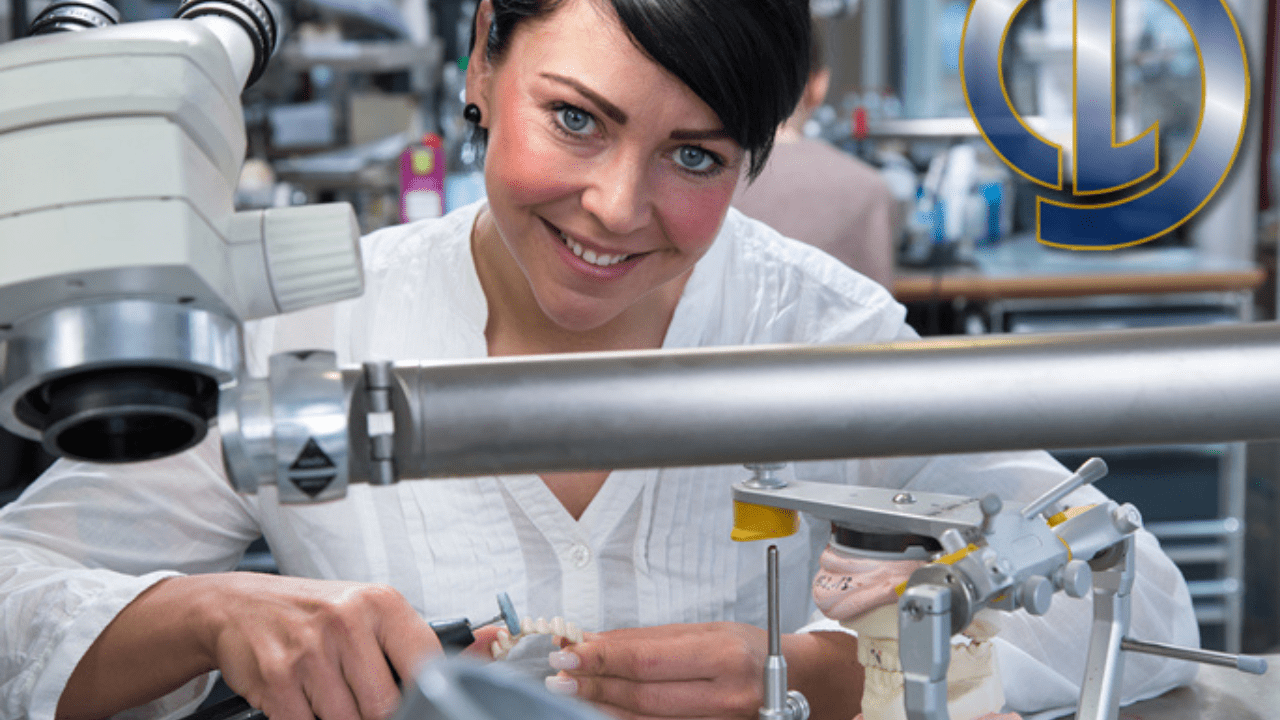
The Impact of 3D Printing in Dental Prosthetics: A Game Changer
Posted Feb. 13, 2024 by Haresh SavaniA Dawn of Innovation
Imagine this: you're sitting in a dentist's chair, awaiting the fitting of your new dental crown. Gone are the days of messy impressions and long waiting periods. Instead, the dentist inserts a digital scan of your tooth into a sleek machine. With a soft hum, the printer springs to life, crafting your custom prosthetic with precision and speed. This scene, once relegated to the realms of science fiction, is now a reality, thanks to the revolutionary advent of 3D printing in dental prosthetics.
In today's fast-paced world, where time is of the essence and precision is paramount, traditional methods of crafting dental prosthetics often fall short. But with the rise of 3D printing technology, dental labs and practitioners are witnessing a transformative shift in the way prosthetics are designed, manufactured, and delivered to patients.
The Revolutionary Role of 3D Printing in Dental Labs
- Precision Redefined: Traditional methods of dental prosthetics often relied on manual labor and subjective interpretations. However, 3D printing offers unparalleled precision, allowing for the creation of prosthetics with accuracy down to the micron level. According to a study published in the Journal of Prosthodontics, 3D-printed dental crowns exhibit superior marginal fit compared to conventionally fabricated crowns, reducing the risk of complications and improving patient outcomes.
- Streamlined Workflow: For dental labs and practitioners, time is money. The traditional process of crafting dental prosthetics involves multiple steps, from impression-taking to model casting to final fabrication, often leading to prolonged turnaround times and increased labor costs. With 3D printing, these cumbersome processes are streamlined into a seamless digital workflow. A report by SmarTech Analysis indicates that the global market for dental 3D printing is projected to reach $6.5 billion by 2025, driven by the demand for faster, more efficient prosthetic solutions.
- Customization and Personalization: Every patient is unique, and their dental needs vary accordingly. Traditional prosthetics, mass-produced and standardized, often fail to address these individual differences. 3D printing, however, empowers dental practitioners to create custom prosthetics tailored to each patient's anatomy and specifications. By leveraging digital scans and CAD/CAM technology, dentists can design prosthetics that not only fit seamlessly but also mimic the natural aesthetics of the patient's teeth, enhancing comfort and aesthetics.
- Cost-Efficiency: In today's competitive landscape, cost-effectiveness is key. While the initial investment in 3D printing technology may seem daunting, the long-term benefits far outweigh the upfront costs. A study conducted by the American Dental Association found that practices incorporating 3D printing technology experienced a significant reduction in material waste and overhead expenses, resulting in substantial cost savings over time.
Advancements in Materials for Dental 3D Printing: Pioneering the Future of Dental Care
Materials Shaping the Landscape of Dental 3D Printing Today:
-
Resins:
-
Biocompatible photopolymers are extensively used for dental models and surgical guides.
-
Prized for precision and smooth surface finish, crucial in advanced orthodontic solutions.
-
-
Metals:
- Alloys like cobalt-chrome and titanium are utilized for implants and frameworks due to their strength and biocompatibility.
- Metal printing innovations pave the way for stronger implants promoting better osseointegration.
-
Thermoplastics:
- Gaining traction for their versatility in creating flexible and durable items like retainers and night guards.
- New thermoplastics enhance patient comfort with lighter and more adaptable devices.
- Enhancing Dental Product Quality with New Materials:
Improved Durability and Aesthetics:
- Advanced composite resins offer more durable and aesthetically pleasing outcomes, closely mimicking natural teeth.
- Enhanced aesthetics contribute to patient satisfaction and confidence in dental prosthetics.
Promoting Efficient Orthodontic Procedures:
- New materials reduce the need for remakes and adjustments, saving time for both practitioners and patients.
- Streamlined processes improve efficiency and patient experience in orthodontic treatments.
Driving the Future of Dental Technology:
Personalized Care:
- Ongoing material evolution promises more personalized and high-quality dental care.
- Tailored materials cater to individual patient needs, optimizing treatment outcomes.
Innovative Solutions:
- Advancements in materials continuously push the boundaries of innovation in prosthetics and orthodontics.
- The evolving landscape of materials heralds a promising future for dental technology.
- Navigating the Boundaries: Limitations of Current 3D Printing Technologies in Dentistry
Material Constraints:
- Despite advancements, finding materials that precisely mimic natural dental tissues remains a challenge.
- Continuous exploration and development are underway to expand the range of materials available for dental 3D printing.
Speed and Efficiency Challenges:
- While devices like the Asiga Max 3D Printer have improved speed and efficiency, print times still need reduction.
- Balancing speed with maintaining high-quality outputs remains a focal point for the industry.
Opportunities for Innovation:
- Acknowledging limitations serves as a catalyst for innovation within the dental 3D printing sector.
- Addressing these challenges drives the industry towards groundbreaking solutions and advancements.
Empathizing with Business Owners
For dental lab owners and practitioners, the adoption of 3D printing technology represents a significant investment in both equipment and training. However, the return on investment can be substantial. By incorporating 3D printing into their practices, they can:
-
Reduce Operational Costs: The efficiency of 3D printing lowers the cost of materials and labor, translating into savings for the business and, ultimately, the patient.
-
Increase Capacity: With faster production times, dental labs can increase the volume of prosthetics they produce, leading to greater revenue and growth opportunities.
-
Stay Competitive: In an industry where technological advancements are rapidly changing patient expectations, staying ahead of the curve is crucial. 3D printing allows dental practices to offer cutting-edge solutions, setting them apart from competitors.
The Path Forward
- The impact of 3D printing in dental prosthetics is undeniable. As we continue to witness its transformative effects on the dental industry, the potential for even greater advancements and applications is limitless. For patients, the promise of faster, more accurate, and comfortable dental care is already becoming a reality. For business owners, the ability to streamline operations and offer unparalleled service quality is a game-changer.
- In embracing 3D printing technology, the dental industry is not just solving existing problems but also paving the way for future innovations. The journey toward more efficient, patient-centered dental care is ongoing, and 3D printing is leading the charge. As we look to the future, one thing is clear: the revolution in dental prosthetics is here, and it's here to stay, promising a brighter, healthier smile for all.
Leave a Comment
Your email address will not be published. Required fields are marked *


